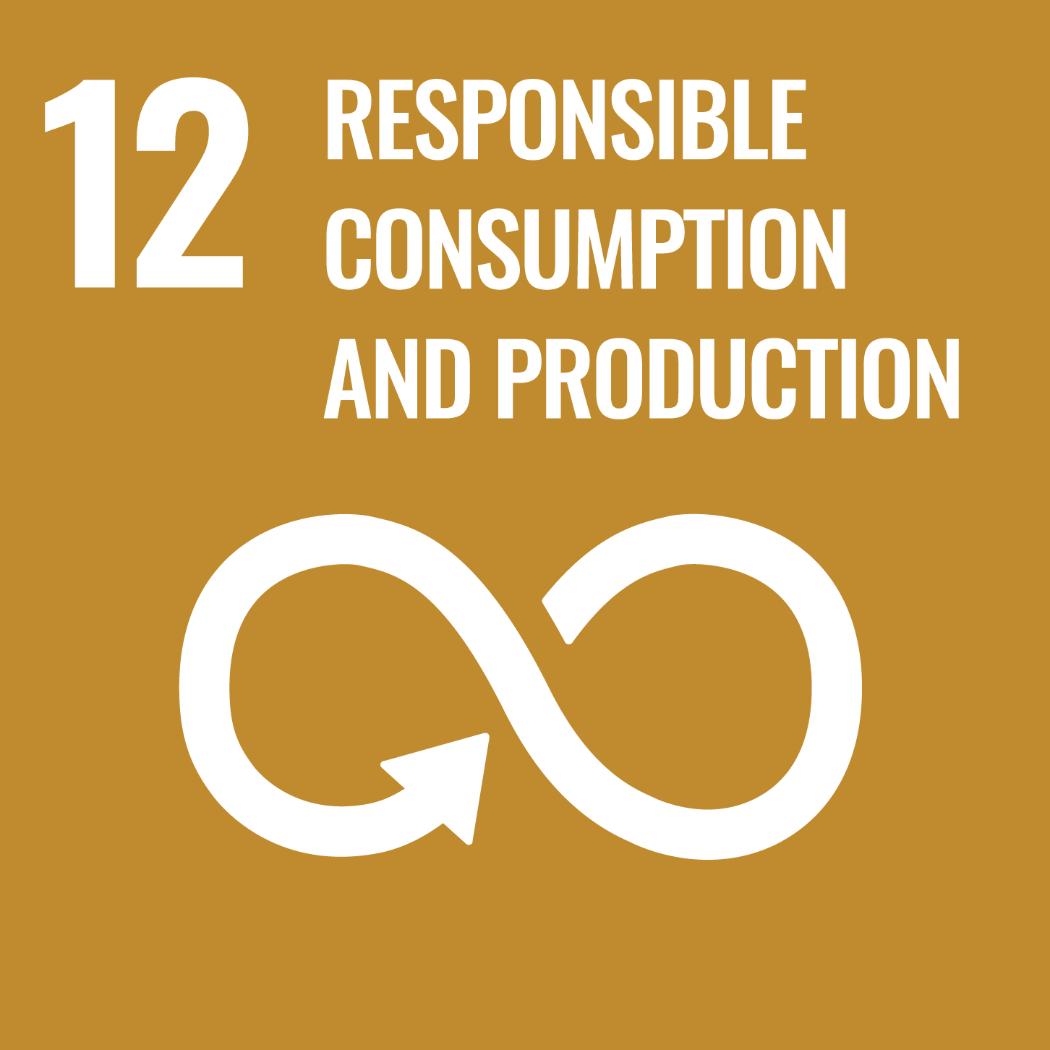“Recent nutrient management laws introduced by the Government require them to pay if they are predicted to breach certain levels of fertiliser run-off in waterways, and the advice we’ve received from farmers is that there is strong demand for a tool that accurately measures actual phosphate levels in waterways,” she says. “That’s exactly what we’re planning to deliver.”
Associate Professor Crittenden says currently there isn’t a simple, chemical-free way of monitoring phosphate levels. “Phosphate is a very tricky compound to detect - it's odourless and colourless, both to the naked eye and to sophisticated instruments. But we’ve already developed very sophisticated ways of sensing phosphate in our bodies – so we are going to learn from nature to develop novel light-sensitive biosensors.”
The new devices will be designed to be reusable and contained in an easy-to-use, portable marker-pen size device that can be put into rivers and streams. They could boost Aotearoa New Zealand’s agritech exports and generate up to $8 million a year in export earnings while also cleaning up local waterways, Associate Professor Crittenden says.
The underlying technology could also have applications in medical, industrial and veterinary settings. “The modular design of our bio-nanosensors means that this approach can be extended to detecting other pathogens and environmental contaminants.
“Our end goal is to produce and manufacture our phosphate sensors in Aotearoa New Zealand, creating local jobs and ensuring all of the benefits of our technology are fully realised in Aotearoa New Zealand.”




.jpg)

%20resized.JPG)
.jpg)



